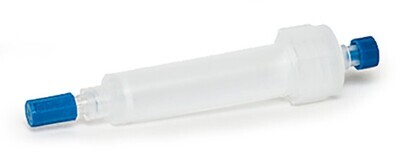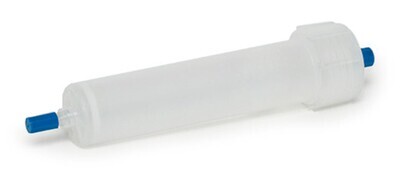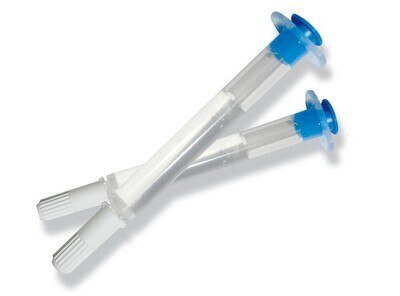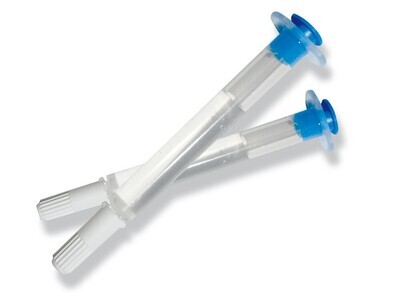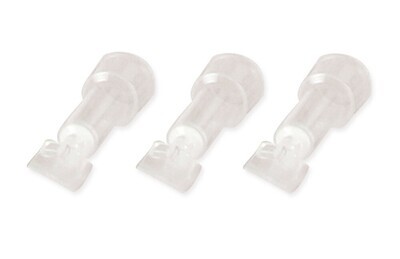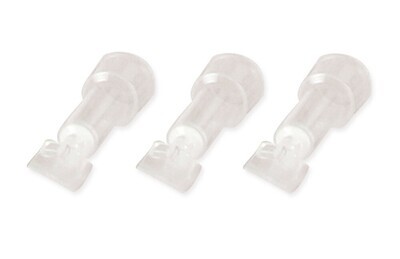Affinity chromatography, protein isolation
Affinity chromatography is an advanced technique used for the isolation and purification of specific proteins from complex mixtures. This method takes advantage of the unique affinity between a target protein and a specific ligand, allowing selective binding and separation. Affinity chromatography uses a column filled with a solid medium containing the ligand. The ligand is carefully chosen based on its affinity for the target protein. When the sample mixture is passed through the column, the target protein will selectively bind to the ligand, while other proteins and impurities are washed away. The binding between the target protein and the ligand is strong and specific, allowing high purity of the target protein to be achieved. After flushing the column with the sample mixture, the target protein is eluted by adding an eluent that breaks the bond between the target protein and the ligand. The eluted protein can then be collected and further analyzed or used for various applications. Affinity chromatography is especially useful in isolating proteins that occur in low concentrations or are difficult to separate from other proteins. It can also be used to purify proteins that have specific properties, such as enzymatic activity or binding affinity for a particular ligand. This technique is widely used in biochemistry, biotechnology and pharmaceutical industries. For example, it is used in the production of recombinant proteins, where the target protein is purified from a complex mixture of proteins produced by genetically modified organisms. Affinity chromatography offers many advantages over other purification methods, such as high purity, high yield and easy scalability. Moreover, it can be adapted to different types of target proteins and ligands, making it a versatile technique. In summary, affinity chromatography is a powerful method for the isolation and purification of specific proteins. It takes advantage of the affinity between a target protein and a ligand to enable selective binding and separation. This technique has a wide range of applications in the biochemistry, biotechnology and pharmaceutical industries and offers many advantages over other purification methods.
Refine by
Powered by Lightspeed
Display prices in:EUR



